X Inactivation and Epigenetics – Etsuko Uno & Drew Berry / WEHI (2012)
Why all calico cats are female? In all mammals sex is genetically determined by X and Y chromosomes. In Humans females carry two X chromosomes (XX). Males carry both X and Y chromosomes (XY). The mammalian Y chromosome has began to evolve from the X chromosome at about 170 million years ago. For some strange genetic recombinational quirk that happened in the ancestor of all mammals Y chromosomes lost their ability to exchange information with X. Currently, more than 95% […]

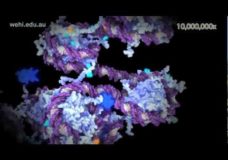
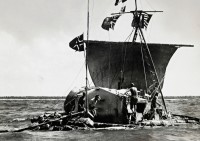
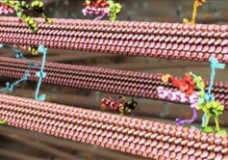
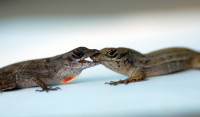
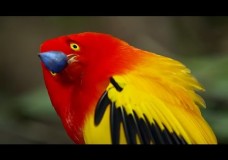

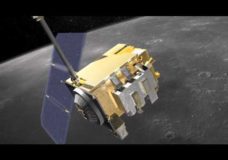

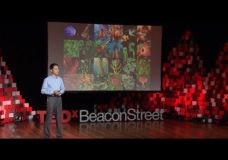
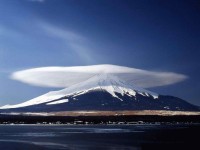
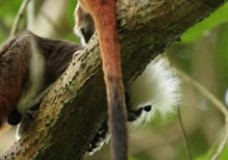
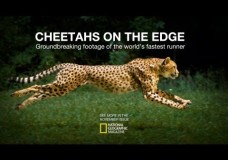
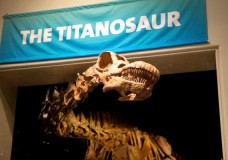
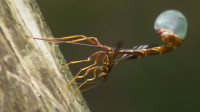
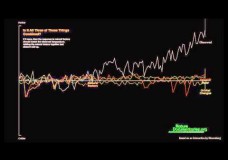

Recent Comments